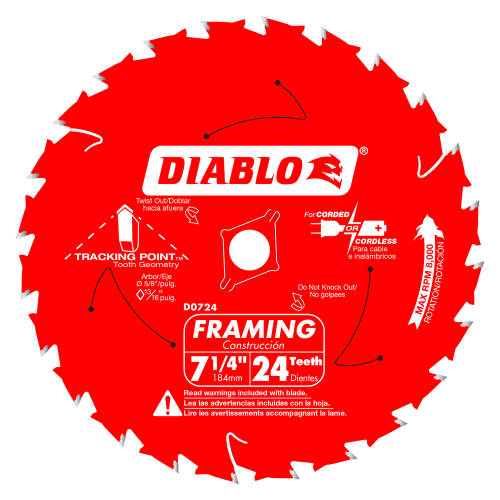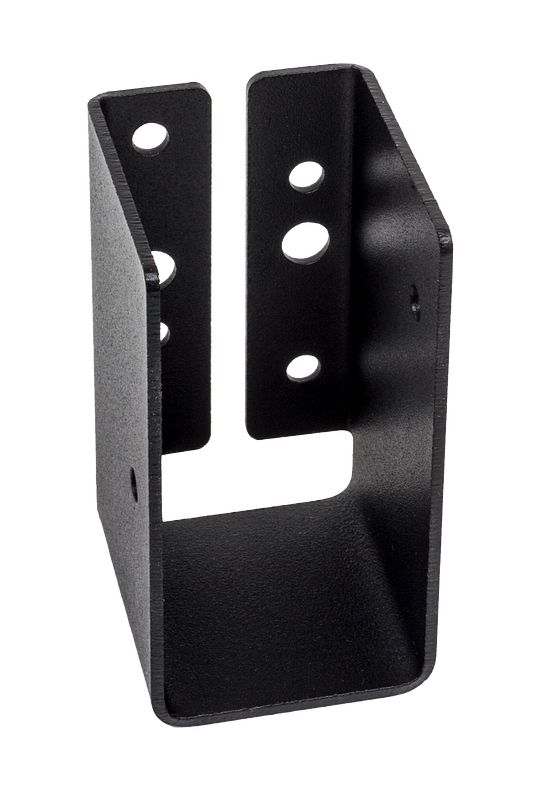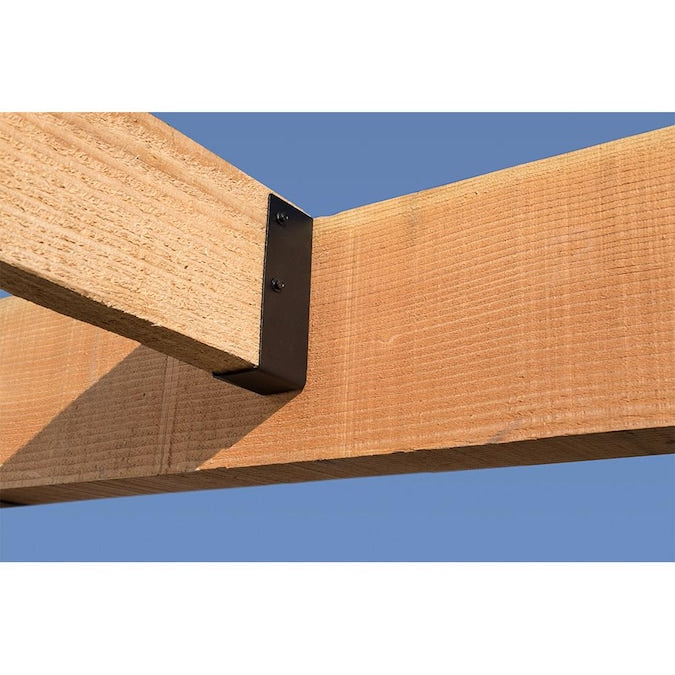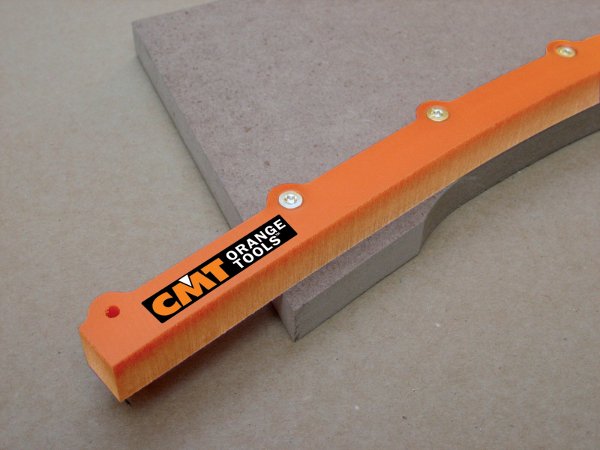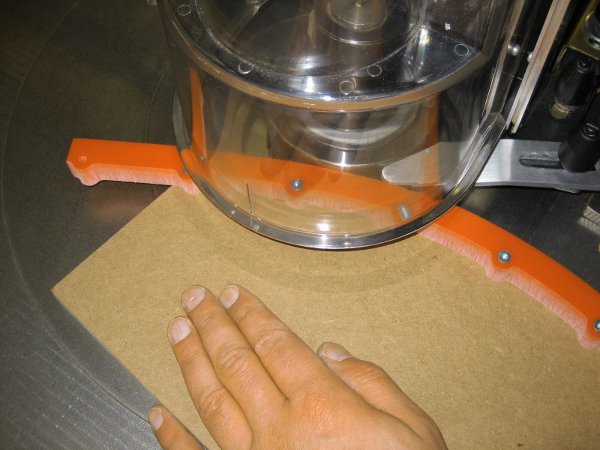Collar ties vs. rafter ties is a common debate in roof construction. Both components serve to support roof structures, but they function differently. Knowing these differences can help guarantee your roof's structural integrity.
What Are Collar Ties?
Collar ties are horizontal beams placed between two rafters. They are typically installed in the upper third of the roof space. Their main function is to prevent roof rafters from separating under load, especially in high winds.
Collar ties are crucial in homes located in areas prone to seismic or hurricane activity, as they bring additional lateral support. In terms of materials, Simpson Strong-Tie connectors are often used to fasten collar ties securely to rafters. These connectors make sure that the collar ties can withstand significant stress.
What Are Rafter Ties?
Rafter ties, unlike collar ties, are placed in the lower third of the roof structure. Their main purpose is to prevent the walls from spreading under the weight of the roof. Without rafter ties, a roof could sag or even collapse. This is especially necessary in regions where seismic or hurricane ties are essential for added stability.
Simpson Strong-Tie connectors can also be used for rafter ties. These connectors provide the necessary reinforcement to handle both vertical and lateral forces that may affect the roof.
Key Differences Between Collar Ties and Rafter Ties
The main difference between collar ties and rafter ties lies in their placement and purpose. Collar ties are installed higher up in the roof, while rafter ties are located lower. This distinction in placement results in different functions:
- Collar ties protect against rafter separation due to wind or seismic forces.
- Rafter ties stop the walls from spreading, ensuring the roof remains stable.
Both are crucial for maintaining roof integrity, particularly in areas subject to extreme weather conditions. Using Simpson Strong-Tie connectors further strengthens these roof elements, maintaining durability.
When To Use Collar Ties Vs. Rafter Ties
Collar ties are often recommended for steep roofs, where rafter separation is more likely. On the other hand, rafter ties are necessary for roofs with shallow slopes, as these are more prone to lateral forces pushing the walls apart. However, some roof structures may require both collar and rafter ties, especially in regions prone to seismic or hurricane activity.
Importance of Using the Right Ties
Using the correct type of tie is vital for making sure your roof’s longevity and performance. If installed improperly, either component can lead to costly structural issues. When selecting between collar ties and rafter ties, always consider your local building codes, especially in areas prone to extreme weather. Additionally, using Simpson Strong-Tie connectors provides enhanced safety, as these connectors are designed to handle both seismic and hurricane forces.
Choosing between collar ties vs. rafter ties depends on your roof’s design and location. Both types of ties are essential for making sure the roof’s stability, especially when using reliable materials. Factory Direct Supply understands the importance of using high-quality building materials, whether it's screws, anchors, ties, or connectors, to secure your project's success. Visit our shop today.


